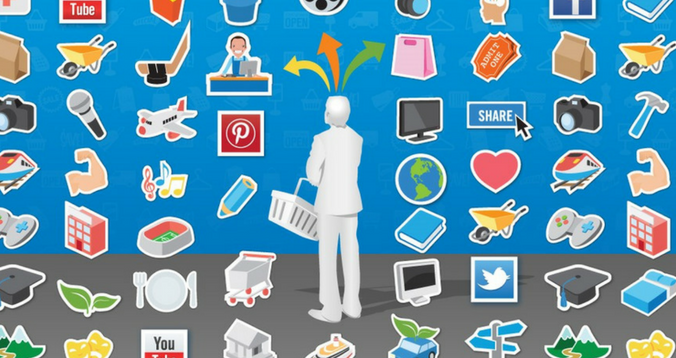
Why Customer Experience Is The Key To Omni-Channel Success
There’s been a lot of talk, as of late, about customer experience (CX) being touted as the new marketing and branding–when it comes to retail. But what’s not being discussed, as often, is how best to effectively implement brand relevant experiences into all aspects of your Omni-Channel repertoire.
Providing Consistent Experiences Through All Channels
Whether you refer to it as Unified Commerce, Total Retail, or Omni-Channel, the idea and objectives behind the premise to modern retailing are the same. It’s a multi-channel approach to sales that seeks to provide the customer with a seamless shopping experience—whether in-store, on desktop, or through mobile.
It is this inevitable convergence of physical and online retail into an Omni-Channel entity that has driven the demand for a more consistent and robust demonstration of CX. This is in large part due to the heightened demands of today’s consumer; they value experiences more than they did in the past, and expect a similar brand experience regardless of the channel they are currently engaged with.
Technology May Be The Backbone Of Omni-Channel, But Customer Experience Is At The Heart Of It
Despite knowing that CX is a crucial component of successful Omni-Channel retailing, many marketers and retailers tend to think of this cross-channel integration from a technological point of view, only… and not from a brand experience perspective. Even though technology is the backbone to any Omni-Channel Retailing strategy, longer-term success requires it to be approached from both a (technologically) rational and (marketing) emotional perspective.
This sentiment is echoed by, none other than, Amazon CEO Jeff Bezos who said “We see our customers as invited guests to a party, and we are the hosts. It’s our job every day to make important aspects of the customer experience a little bit better”.
Is Lack Of Experience Actually An Experience?
Ironically, what Amazon has done, with its cashier-less grab & go Amazon Go store, is stripped the single most important point-of-difference and value proposition of the brick & mortar store: the personal experience and human interaction. In essence, they have managed to transform the physical store into a life-sized vending machine. And while I admire Amazon for their relentless commitment to innovation, I believe that this is one of those cases that the organization has let technology, and not user experience, take the lead. In fact, I feel, with this model, Amazon has it completely backwards. Instead of making the physical store more like a sterile, transaction-centric ecommerce site, Amazon (and all other retailers, for that matter) ought to be creating ways to make the ecommerce/online experience more like the in-store experience—by incorporating a more humanized and personally engaging interaction.
Don’t get me wrong, even though I don’t see the Amazon Go model, in its current state, being the future of retail, I have no doubt others (or even Amazon) will iterate that tech offering to make it more relevant. Innovation has always been about massive first steps followed by a series of ongoing refinements.
Using The Martech Method To Maintain CX
The problem, in my opinion, is that technological innovation has, for the most part, outpaced our ability to identify ways to utilize the technology in a way that’s in alignment with the brand’s values and promise. But modern marketers understand that tech is simply a vehicle to help deliver the brand experience that today’s consumers have come to demand, and expect.
If retail organizations committed to finding ways to utilize the technologies to support their stories, it needs to start with pairing the technology consultants (I.T.) and the customer experience specialists (Marketing) as part of the marketing technology selection and review process —from the very start. I call this collective approach the Martech Method.
Transforming your established retail organization into a modern Omni-Channel brand will require both commitment and restraint. Why? Because, with so many compelling marketing technologies available to retailers, the temptation may be overwhelming to start with the tech. But you’ll need to heed the advice of the late great Steve Jobs who said “You’ve got to start with the customer experience and work back toward the technology, not the other way around.”

